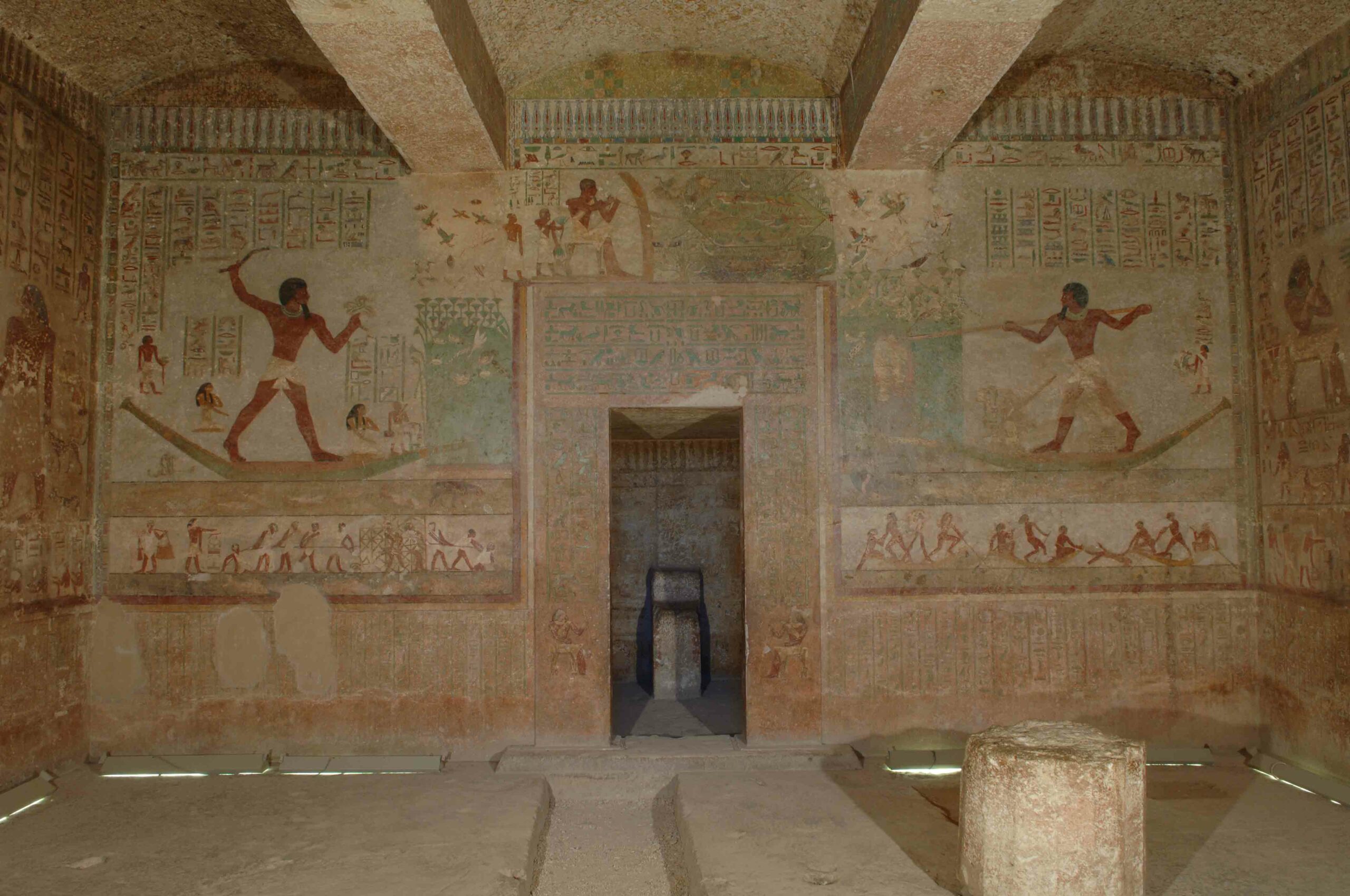FLORENCE, ITALY—Researchers from the University of Ferrara and the University of Florence have examined the 2,000-year-old remains of a man they think might have been crucified, according to a report in Live Science. The poorly preserved bones, which were discovered near Venice in 2007, belonged to a man of slim stature and below average height who had been buried directly into the ground, rather than placed in a tomb with grave goods. “We found a particular lesion on the right calcaneus [heel bone] passing through the entire bone,” said medical anthropologist Emanuela Gualdi of the University of Ferrara. No evidence that his wrists had been nailed to a cross has been found, but Gualdi said they could have been tied to the cross with rope. She notes that crucifixion was commonly used to execute slaves and criminals in Roman society. “We cannot know if he was a prisoner,” she said, “but the burial marginalization indicates that he probably was an individual deemed dangerous or defamed in Roman society.” To read in-depth about a tomb in Italy, go to “The Tomb of the Silver Hands.”
Remains of Possibly Crucified Man Examined in Italy
News June 4, 2018
SHARE:
Recommended Articles
Weapons of the Ancient World May/June 2020
Gladiator Weapons
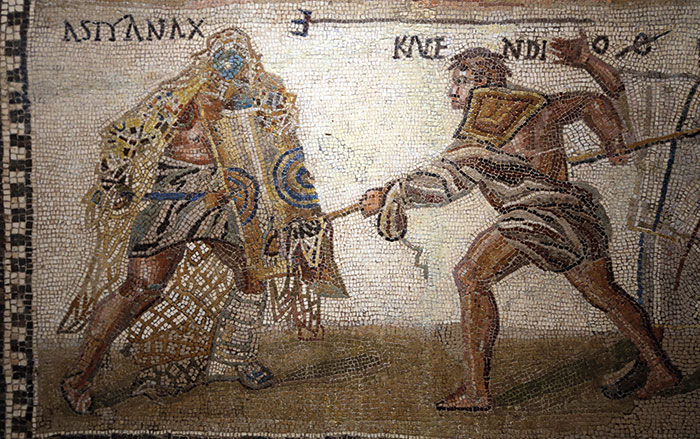
(Lanmas/Alamy Stock Photo)
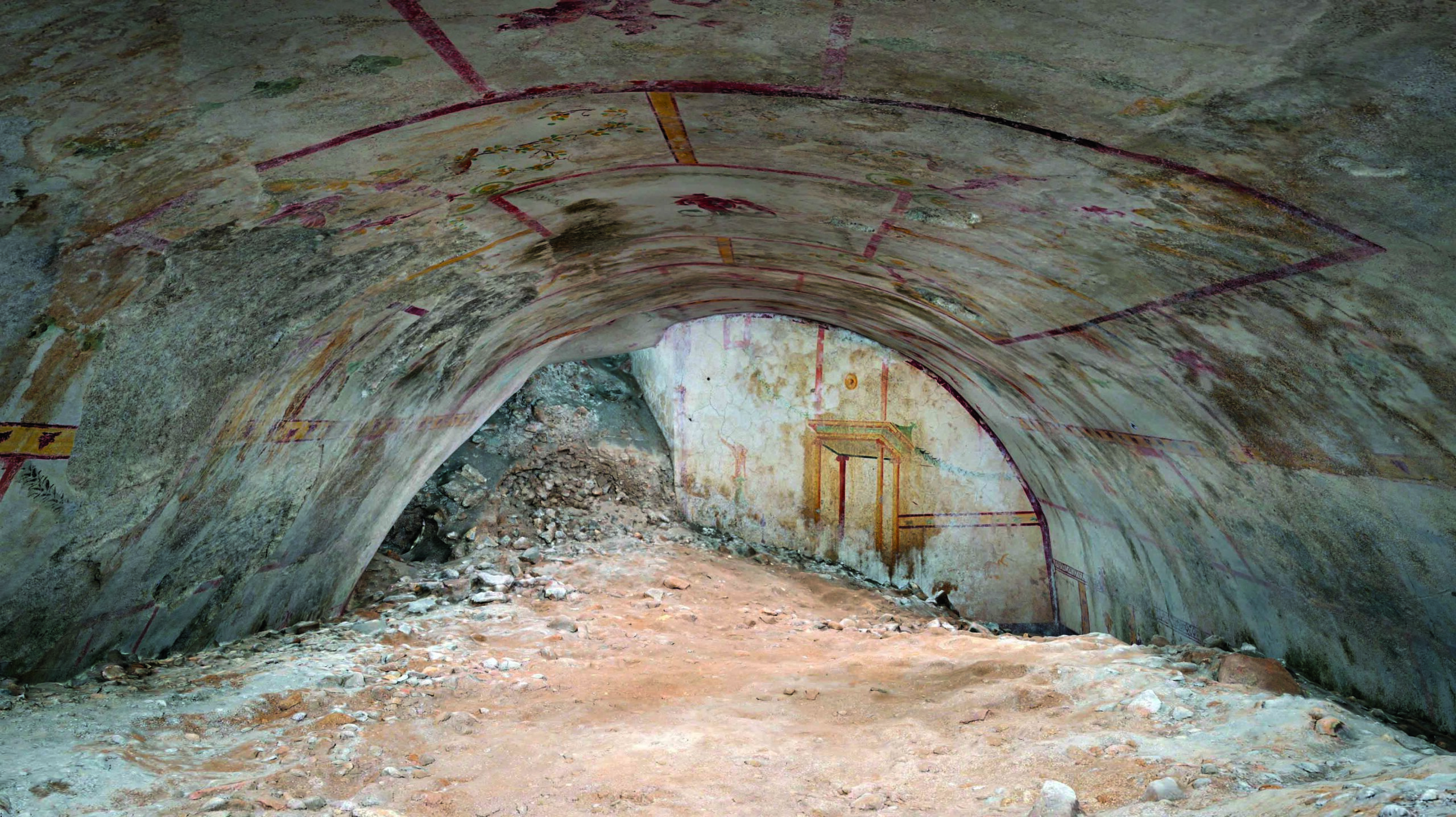
(Courtesy Italian Ministry of Cultural Heritage)
Digs & Discoveries July/August 2018
Pompeii Revisited

(Courtesy Soprintendenza Archeologica di Pompei)
Digs & Discoveries September/October 2017
Not by Bread Alone

(Courtesy Pontifical Commission for Sacred Archaeology)
-
Features May/June 2018
Global Cargo
Found in the waters off a small Dutch island, a seventeenth-century shipwreck provides an unparalleled view of the golden age of European trade
 (Kees Zwaan/Courtesy Province of North Holland)
(Kees Zwaan/Courtesy Province of North Holland) -
Letter From the Philippines May/June 2018
One Grain at a Time
Archaeologists uncover evidence suggesting rice terraces helped the Ifugao resist Spanish colonization
 (Jon Arnold Images Ltd/Alamy Stock Photo)
(Jon Arnold Images Ltd/Alamy Stock Photo) -
Artifacts May/June 2018
Roman Sundial
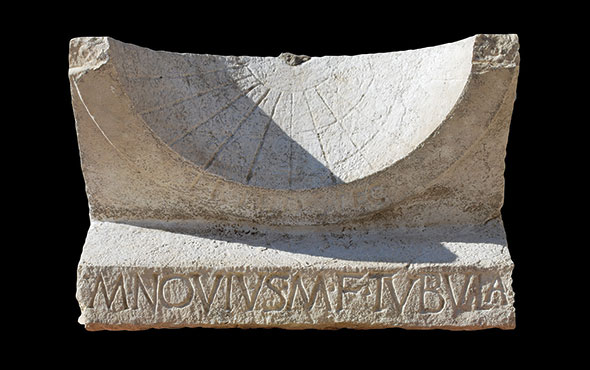 (Courtesy Alessandro Launaro)
(Courtesy Alessandro Launaro) -
Digs & Discoveries May/June 2018
Conquistador Contagion
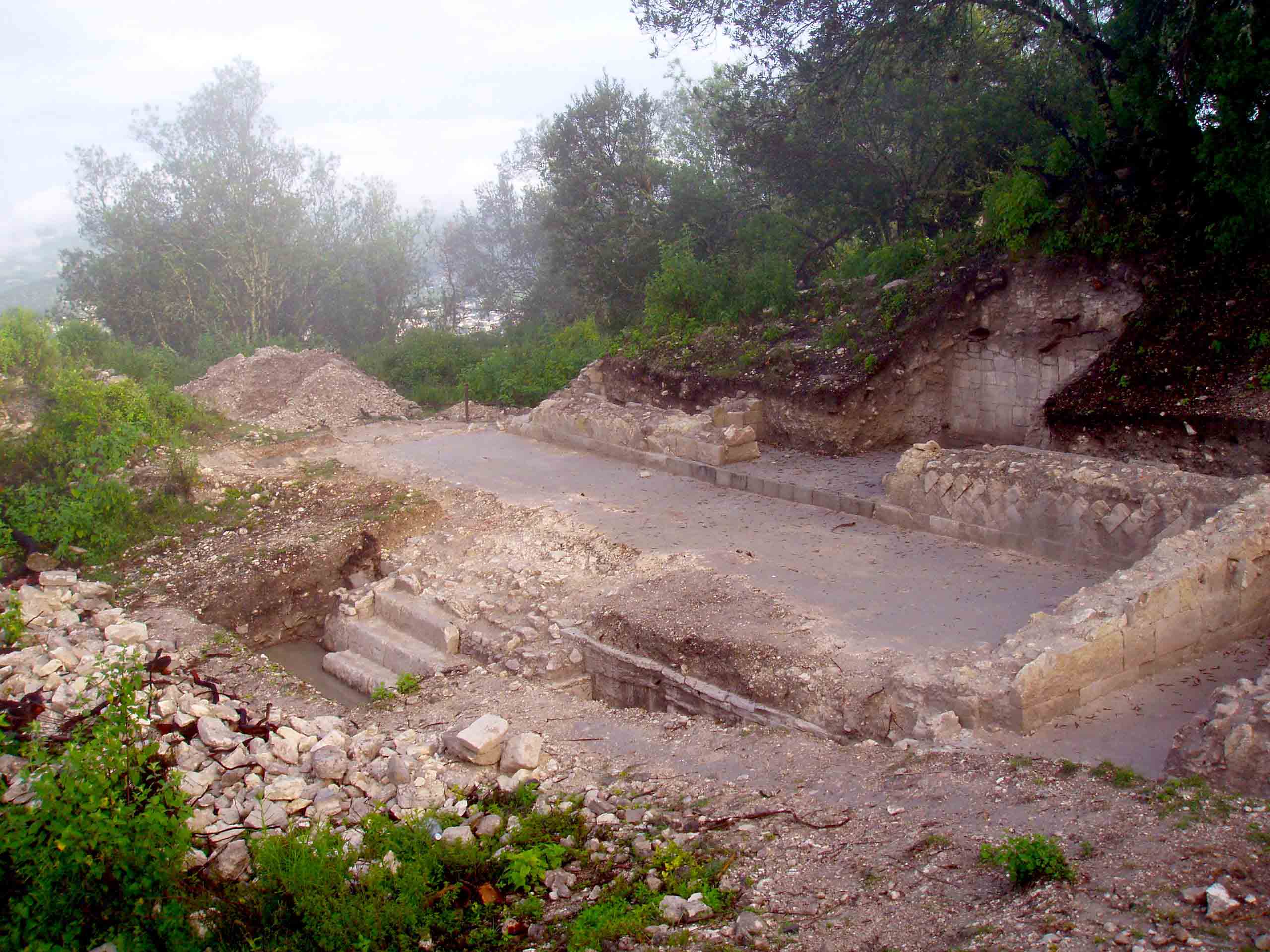 (Christina Warinner. Image courtesy of the Teposcolula-Yucundaa Archaeological Project)
(Christina Warinner. Image courtesy of the Teposcolula-Yucundaa Archaeological Project)


